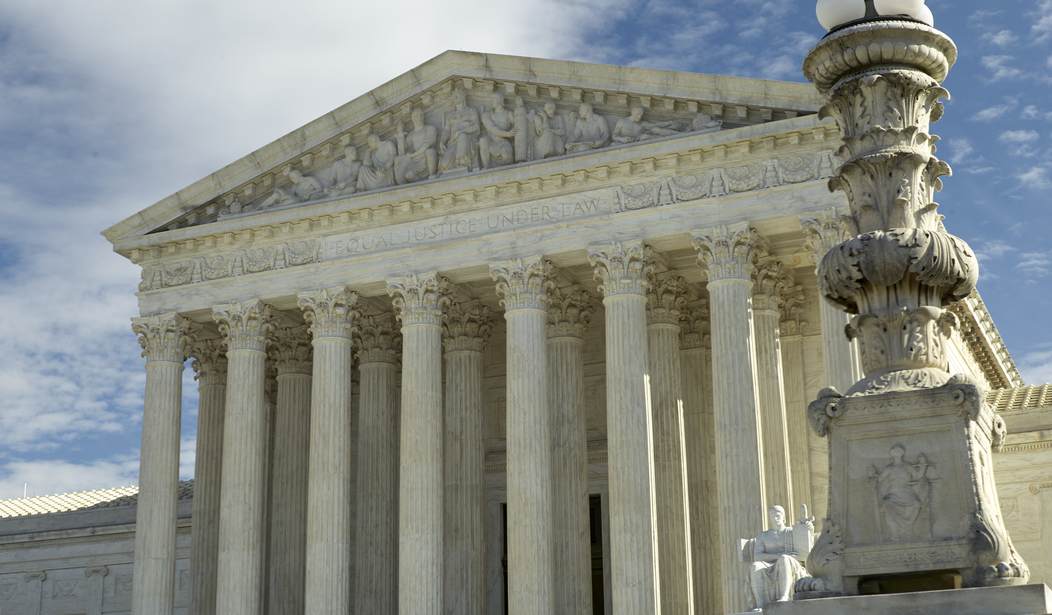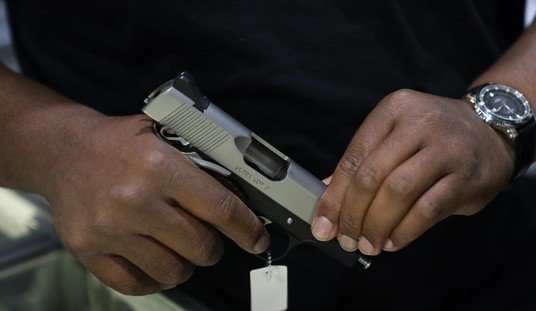Stephen Halbrook knows a thing or two about Second Amendment litigation. The attorney and scholar has argued and won three cases before the Supreme Court, including the incredibly important Printz vs. U.S., which has become the legal basis for much of the Second Amendment Sanctuary movement. Additionally Halbrook’s authored several books on Second Amendment issues, including his most recent work, “The Right to Bear Arms: A Constitutional Right of the People or a Privilege of the Ruling Class?”
Halbrook’s been a guest on Bearing Arms’ Cam & Co discussing the importance of the upcoming Supreme Court showdown in NYSPRA v. Corlett, and in a new piece at The Hill the 2A attorney argues that the case will end up as a foundational piece of Second Amendment jurisprudence. Just as the Heller and McDonald cases established that the right to keep arms was an individual right, and one that couldn’t be infringed by any division of government, the Corlett case provides the Court with the opportunity to do the same for the right to bear arms by striking down New York’s concealed carry permitting law that requires applicants to demonstrate a special need to carry a firearm and allows issuing authorities to deny applicants based on nothing more than subjective concerns over “suitability.”
In District of Columbia v. Heller in 2008, the Court held that the D.C. handgun ban violated the individual right to keep and bear arms and rejected the view the right could be dismissed or diminished by interest-balancing tests.
That was followed in 2010 by the McDonald v. Chicago decision, which held the right to arms to be fundamental and protected from state violation by the 14th Amendment. The 14th Amendment was passed in 1868 in part to stop southern states from imposing the “Black Codes” that denied freed blacks Second Amendment rights to allow for their self-defense.
Now, the Supreme Court will examine New York’s present day Second Amendment restrictions. New York’s Attorney General Letitia James responded to the court taking on the case: “The law is consistent with the historical scope of the Second Amendment and directly advances New York’s compelling interests in public safety and crime prevention.”
The Supreme Court will decide that.
In addition to deciding the constitutionality of New York’s carry laws, Halbrook notes that the Court also has the chance with Corlett to lay down some guidance on how Second Amendment cases should be decided by lower courts.
Whether “the people” have a right to bear arms, or whether “the people” is a code term for a government-approved elite, is going to be a challenging argument for New York. Must citizens convince government bureaucrats they have a special need for self-defense? What is it? Ability to pay fees? Connections? Celebrity? Is living in a high crime neighborhood not a special need?
In NYSRPA v. Corlett, New York government officials will likely argue that they should arbitrarily decide whether a person has “proper cause” for self-defense. The Supreme Court will likely consider text, history, and tradition – which points to a right of the citizenry, one guaranteed by the Bill of Rights.
If you haven’t had a chance to do so yet, when you’ve got some time be sure to check out all of the amicus briefs filed in support of the challenge to New York’s carry laws, including Halbrook’s own brief on behalf of the National African American Gun Association, which focuses on the Fourteenth Amendment’s role in protecting the right of newly-freed slaves to bear arms in self-defense as well as the discretionary licensing that facilitated Jim Crow restrictions.
The Fourteenth Amendment did away with actually naming African Americans in laws prohibiting the right to bear arms. Instead, in the Jim Crow era facially-neutral laws imposed prohibitive fees and restrictions on the poor and were selectively enforced in ways to deny the right of black citizens to possess and carry arms. In 1892, Ida B. Wells wrote that a “Winchester rifle should have a place of honor in every black home, and it should be used for that protection which the law refuses to give.” She had in mind recent events in Jacksonville, Florida, and Paducah, Kentucky, where well-armed blacks had thwarted lynch mobs.
Perhaps not coincidently, a year later Florida made it a crime for a person “to carry around with him, or to have in his manual possession” a “Winchester rifle or other repeating rifle” without a license, which “may” be granted after posting a $100 bond with approved sureties. (In 1901, the law was amended to add pistols to the list.)
That would be equivalent to $2,859 today. The average monthly wage for farm labor in Florida in 1890 was $19.35.6 Licenses were obviously beyond the means of poor persons, not to mention the unlikelihood of them being issued to African Americans. This law “was passed when there was a great influx of negro laborers in this State,” and it was “for the purpose of disarming the negro laborers . . . . The statute was never intended to be applied to the white population . . . .” Watson v. Stone, 148 Fla. 516, 524, 4 So. 2d 700 (1941) (Buford, J., concurring).
Moreover, it was estimated that “80% of the white men living in the rural sections of Florida have violated this statute,” “not more than 5% of the men in Florida who own pistols and repeating rifles have ever applied” for a license, and that “there had never been . . . any effort to enforce the provisions of this statute as to white people, because it has been generally conceded to be in contravention of the Constitution and non-enforceable if contested.”
Remember this the next time someone tries to tell you that the Second Amendment is racist. These types of discretionary policies like the ones in New York still end up disproportionately impacting would-be gun owners of color. A recent study that looked at North Carolina’s pistol purchase permit law found that black applicants in Wake County were almost three times as likely to be denied a permit as white applicants. These laws are unfair and (I believe) unconstitutional for all of us, but the infringements are particularly acute and cutting among African Americans.
Be sure to check out Halbrook’s entire amicus brief. As I said, the guy knows a thing or two about the Second Amendment, and it shows in his argument to the Supreme Court.









